
Google’s philanthropic arm, Google.org, is putting some of it’s gigantic pile of cash behind plug-in hybrid electric vehicles (PHEVs). Right now, their initiatives include hacking Toyota Prius and Ford Escape hybrids to be plug-ins. Their Prius plug-ins are getting about 75 mpg, a good boost over the 40 mpg of regular Prius models.
Google plans to fund at least $10 million in PHEV projects and hopes to expand it’s plug-in fleet to at least 100 vehicles. In addition to promoting the idea of PHEVs Google is also working on the technology behind vehicle to grid integration.
Vehicle to Grid power basically works by charging car batteries at night, when there’s tons of extra electricity, and then selling the electricity back to utility companies during the day when prices are high. Not only could this provide a revenue stream to owners of hybrid cars, it would stabilize the country’s energy grid and make it easier for us to adopt renewable energy. Google is working with their utility company PG&E on working out the kinks of vehicle to grid power, and optimizing the process.
Google’s RechargeIT.org page is promoting all of these initiatives. Recharging the car, recharging the grid, and "recharging the planet." No small goals at Google!
A video from Google is available after the jump
Via MetaEfficient





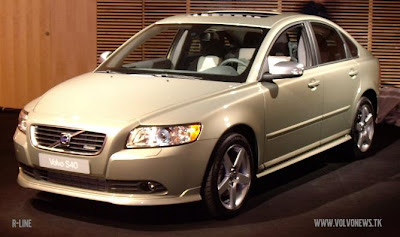
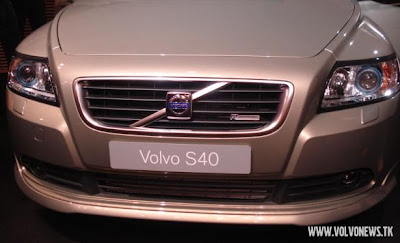
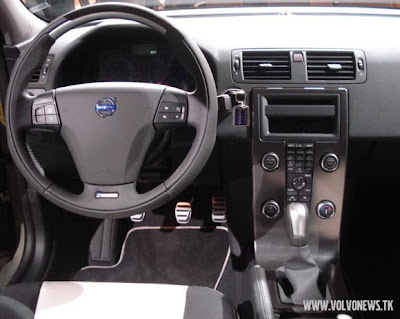
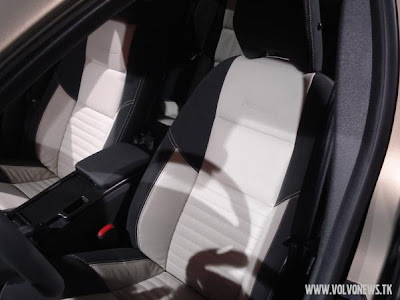
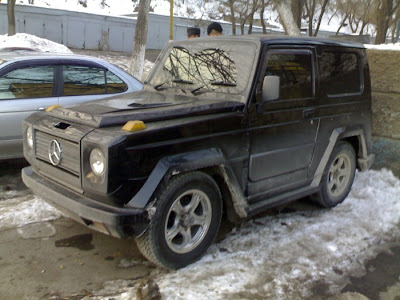
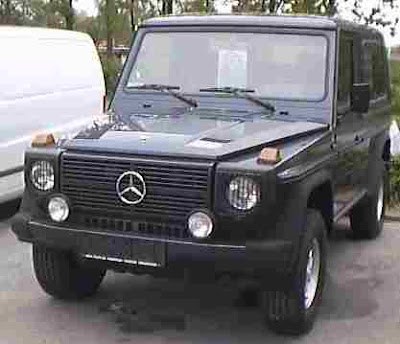
 The race is on to find the "holy grail" of
The race is on to find the "holy grail" of 